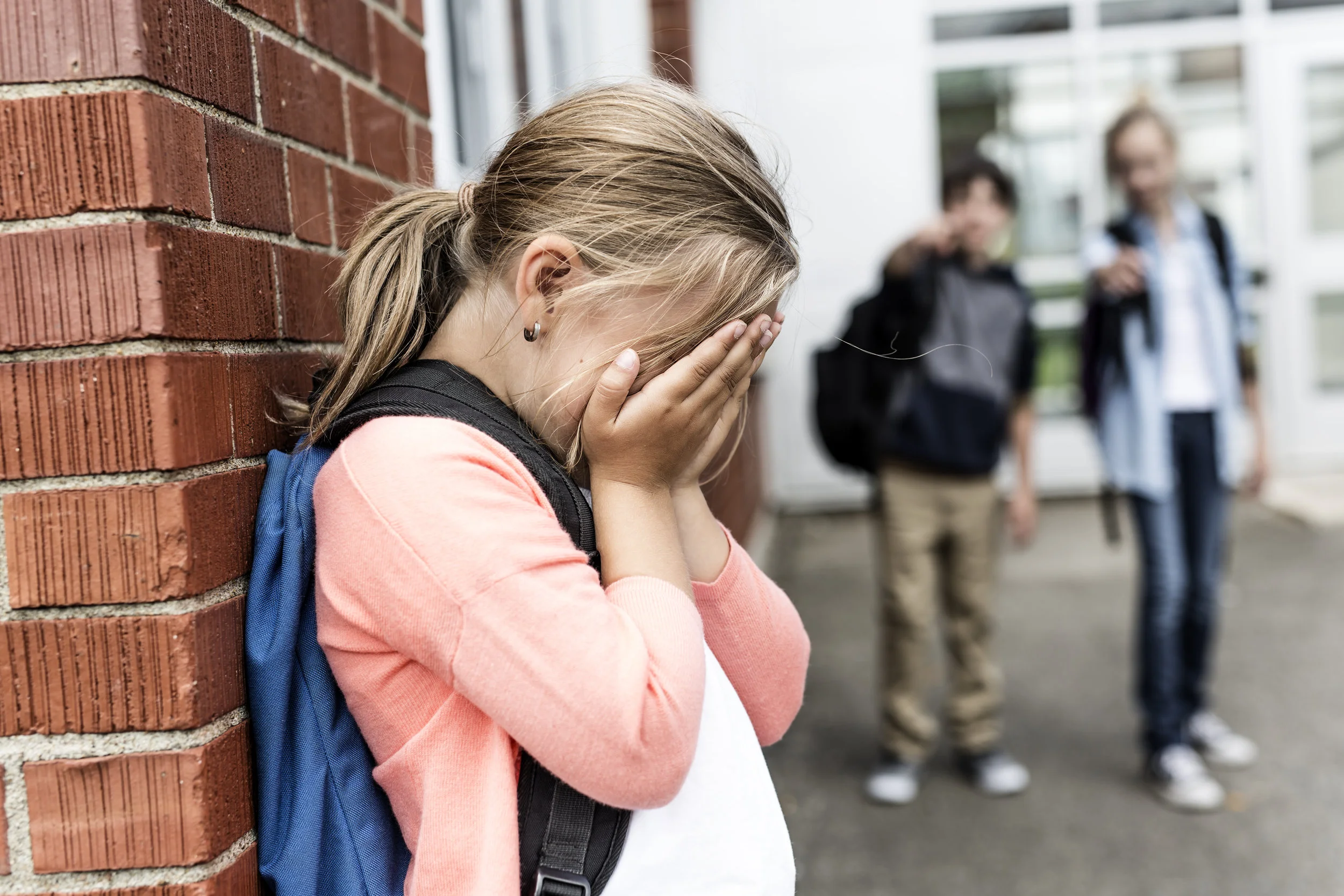Taking a stand against bullying
When raising a child with autism spectrum disorder, the chances of having to deal with bullying are high. Sadly, 60% of children who have a disability report being bullied compared to 25% of children who do not have a disability. Since these statistics only account for those who report, it's likely that the percentage of children with ASD who are bullied is much higher. Bullying has far-reaching negative effects on the mental health of victims. A study conducted at King's College London, led by Erin Burke Quinian, found that repetitive bullying causes not only psychological distress, but also structural changes to the brain that make a person more susceptible to developing a mental health disorder over time. It also has a detrimental impact on a student's ability to focus in school and learn.
Know your rights
If your child has a disability and is a victim of bullying, there are both state and federal laws protecting you. It's a civil rights issue if you or your child has a disability and is bullied, and this protection extends to any child who has a 504 plan or an IEP. This protection falls under the Office for Civil Rights (OCR). The state laws concerning bullying vary, so it's important to contact your state and local governments to learn more about the rights you have in your particular state of residence. Most school districts also have policies against bullying designed to protect students.
When is bullying considered harassment?
Bullying is considered harassment when it is based upon a person's skin color, race, nationality, sex, religion, or disability. Such behaviors include:
verbal abuse
name-calling
unwanted nicknames
slurs
threats
written or graphic offenses
physical assault
any other behaviors that are harmful, humiliating, or physically threatening
How to spot bullying
It's not always easy to catch a bully in the act, as he/she may wait until no one is around, and may even threaten the victim should he/she report the behavior. Despite the sneaky nature this act often holds, there are several signs to look out for should you suspect your child may be a victim of bullying. These include:
increased sick days
social withdrawal
unexplained bruises or injuries
lost belonging
symptoms of depression or anxiety
decline in school performance
self-destructive behavior
increased moodiness
low self-esteem
frequent headaches or stomach cramps
Combating bullying
One of the best ways to stop bullying is by spreading awareness. Social awareness in the school system is a great way to help eliminate bullying. Over 50% of bullying ends whenever a peer steps in or speaks up. This means that if children are taught to do their part to put and end to bullying behavior, the chances of helping eliminate it will be higher. There are also a number of social support tools available to help increase positive social interactions and attitudes on school campuses. One such tool is an App called Sit With Us. This mobile tool is geared toward promoting a more inclusive, kind school environment. Another program which can be implemented on school campuses is the Buddy Bench. This is a bench where students can sit when they would like to make new friends on the playground.
Bullying is a serious issue that impacts too many students today. If you'd like to learn more about ways to help your child acclimate into the school environment and beyond, our team at Big Sky Therapeutic Services would love to assist your loved and and family. Feel free to give us a call or fill out our contact form to receive more information about our services and to be placed on our waiting list. You don't have to face anything alone. We are here to help.


